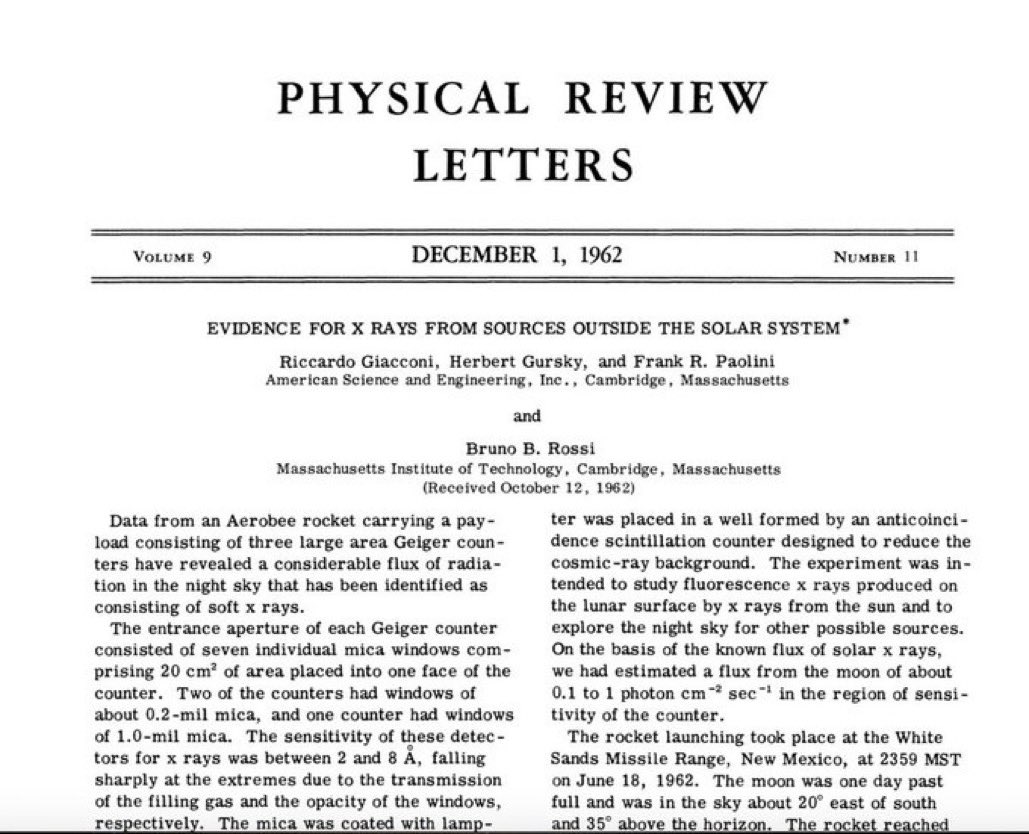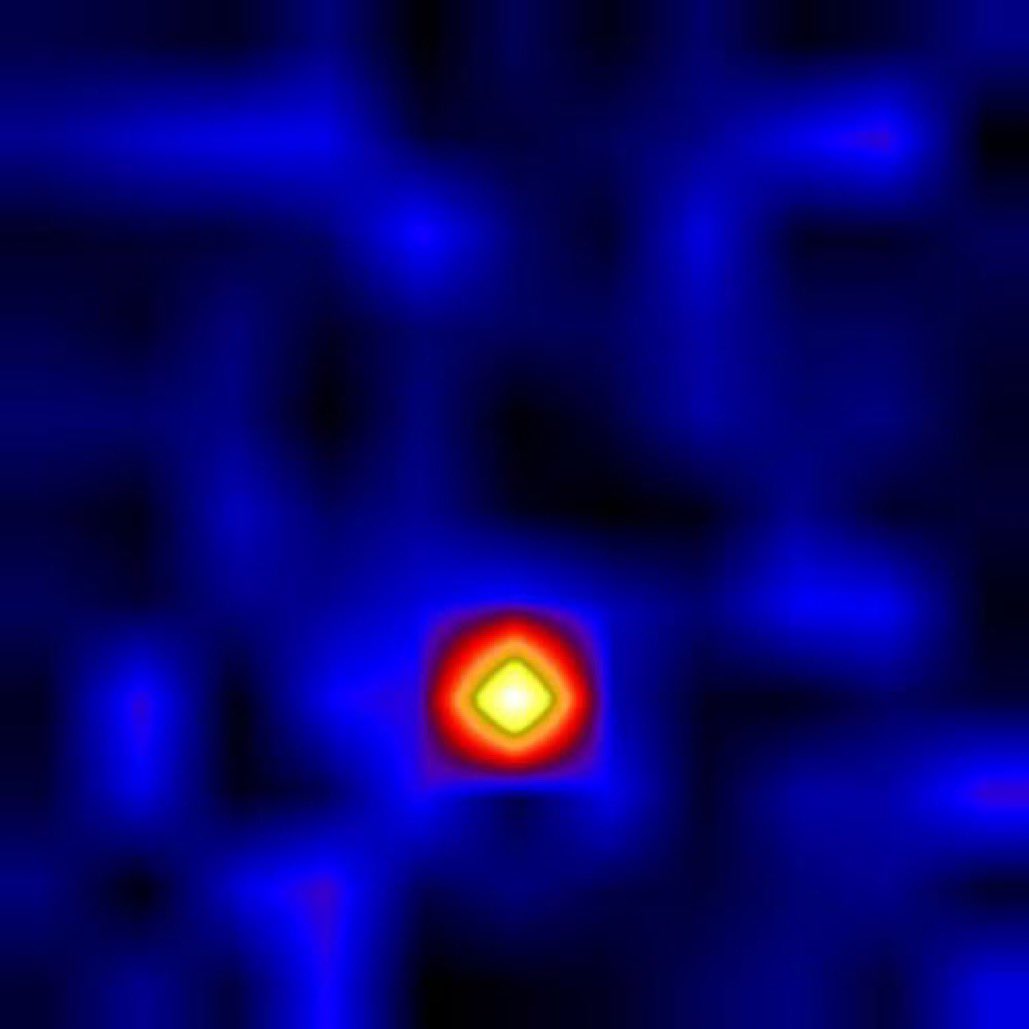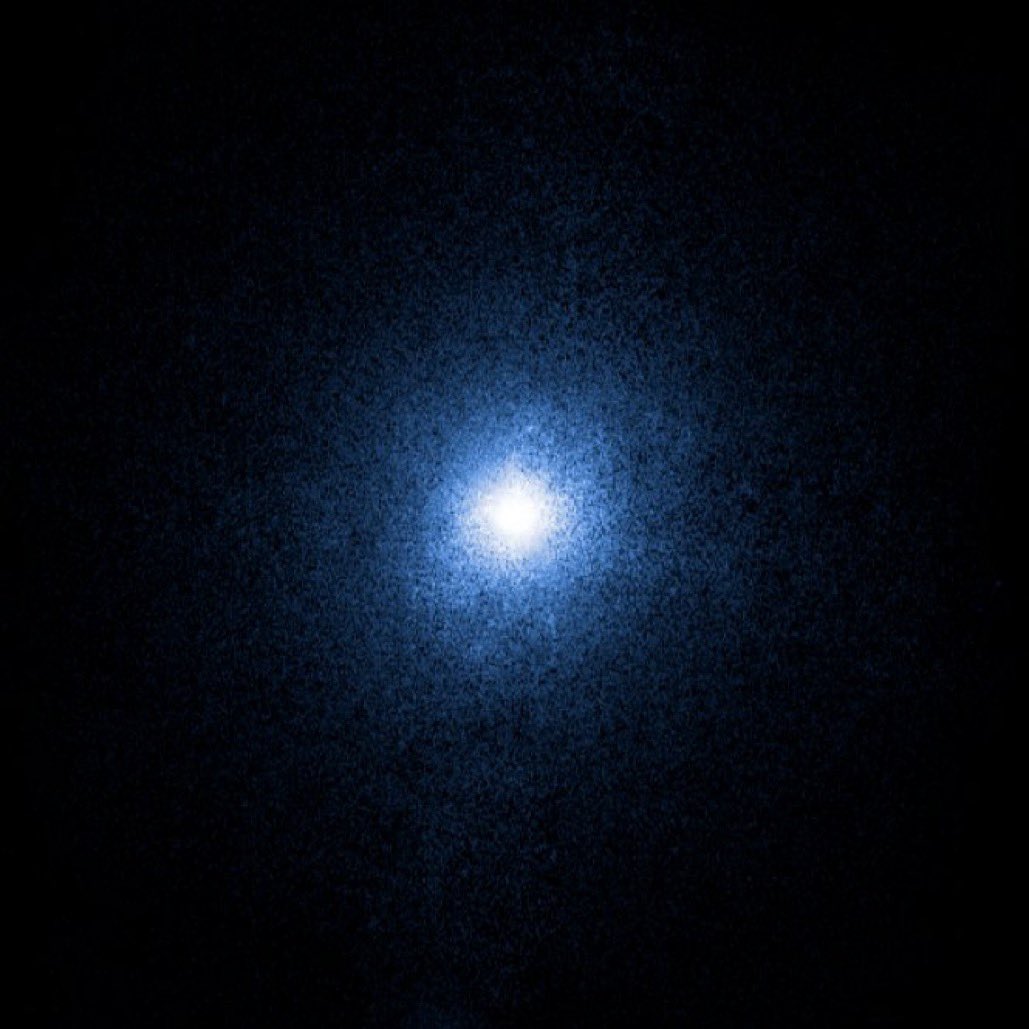When did we first “see” a black hole?
An Aerobee rocket carrying 3 geiger counters was launched from White Sands #OTD in 1962. Intended to measure the flux of X-rays reflected by the moon, it instead found the sky aglow: the galactic center, a bright binary star in Scorpius, a blazing source in Cygnus dubbed XR-1.
There was no radio or optical counterpart associated with the bright X-ray source in Cygnus, now referred to as Cyg X-1. Instead, it became the first example of an astrophysical object that was widely accepted to be a black hole.
Image: NASA/High Energy Replicated Optics Project
Image: NASA/High Energy Replicated Optics Project
Cygnus X-1 is likely a young black hole, maybe 5 million years old, and orbits a blue supergiant star. The black hole has a mass about ten times that of our sun; its companion star is about 20 solar masses.
Image: NASA/Chandra X-ray Center
Image: NASA/Chandra X-ray Center
“What the heck is that!?”
Imagine sending up a sounding rocket to measure X-rays reflected from the moon and instead discovering that you had opened up a whole new window on a wild and dynamic universe.
Imagine sending up a sounding rocket to measure X-rays reflected from the moon and instead discovering that you had opened up a whole new window on a wild and dynamic universe.
(Although, how unexpected was it? They sent up a rocket to study the reflection of X-rays by the moon, but they designed it to sweep the whole sky!)

 Read on Twitter
Read on Twitter




